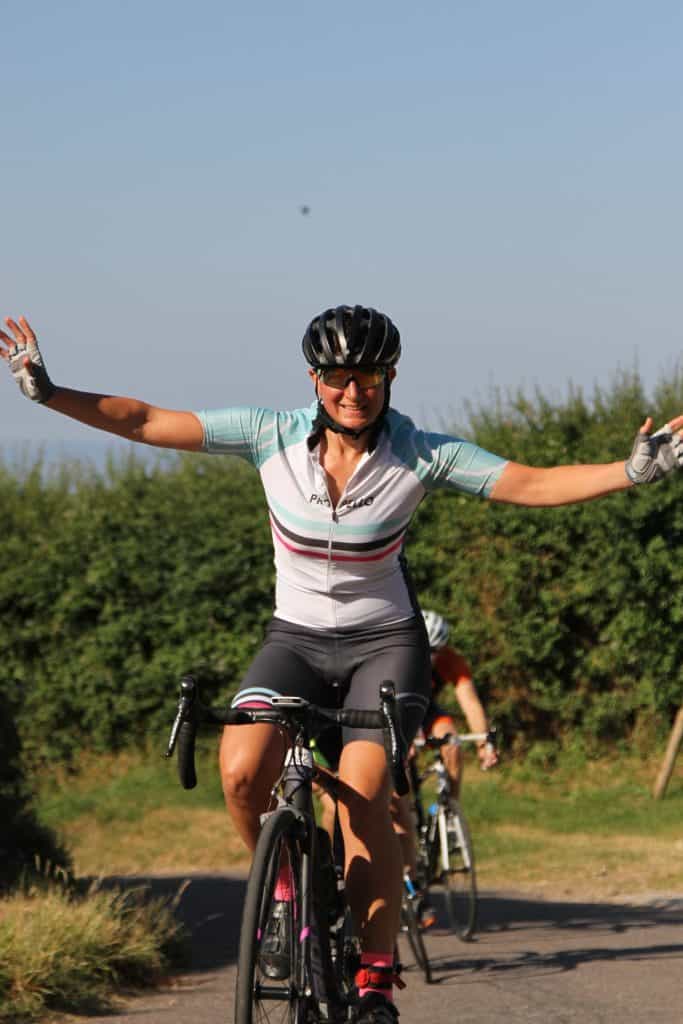Head For The Hills: could the state of your mind be more important than the state of your legs?
Guest Post: Sue Allen – road and TT cycling coach: Training Peaks Level 1, British Cycling Level 2 Road, ABCC Level 3
https://www.propello.bike
Hopefully by now you should have a good solid base of training in the bag, and aware of the distance and the climbing that you have signed up to take on in the coming weeks. It really does help to be mentally prepared as well as physically prepared. You cannot ignore the fact that you are going to be taking on anything from 5000ft to 6500ft of spectacular climbing.
So, how are you going to take on these climbs? Are you going to see each climb as a challenge that must be overcome or completed as fast as possible just to ‘get it done’? Are you going to carry as much momentum as you can into the climb, stay in the hardest gear for as long possible, feel your HR go up, and up, and up? Then you feel the burn in your legs!
Your vision starts to go. You admit defeat, click down to your lowest gears and grind it to the top, wondering how on earth are you going to be able to get round this thing?
As a coach, this is something I see a lot, and often paired with “I am soooo slow on hills”, “hills are my nemesis” and “how am I supposed to get faster if I can’t go uphill?”. Instead of looking at the whole picture, we get stuck on what goes up! Here is a question for you, looking at your chosen route – how many miles of it is flat or rolling?
I could get into the science here and talk about rolling speeds or power to weight, blah, blah, blah. But I won’t. Better you think about how you are going to keep your legs nice and fresh for the rolling flat sections where you can make up the most time and increase your average speed.
So, when you come to a hill that will take more than 4 minutes to complete, and this includes the ones that slowly ramp up, going on for 6, 7, or even 8km, get into your easiest gear and start spinning. If you have a cadence monitor you want to be looking for a cadence between 80–85 rpm,. This should be about conversational pace, a pace that you can take the views in. Then if it gets a little bit steeper, you can slow the cadence down and you have space for your HR to go up and you’ll be comfortable.
Mentally, this puts you in a much better place because your HR is not banging in your ears and you can think a bit more. As you are going up the hill – and feeling like you want to push on a bit – you can You have the space to do this. You could even go for a little sprint over the top.
Because you haven’t gone into the red going-up the climb, lactic acid is not making your muscles scream. You are able to click up into a harder gear, to get that speed back up and cruise to the next climb.
This takes practice and we are all different. What works for one might not work for another. However, I challenge you to give this a try on your next hilly training ride. Or if you are properly organised, you can try it on your test ride (when you should be practising everything you are going to do on event day, and ideally two weeks’ before your event).
The upshot is, take control of your legs and don’t let your mind ride away with you. Your brain is a muscle that needs a little training too. Enjoy the ride!

Sue Allen – road and TT cycling coach: Training Peaks Level 1, British Cycling Level 2 Road, ABCC Level 3
https://www.propello.bike
